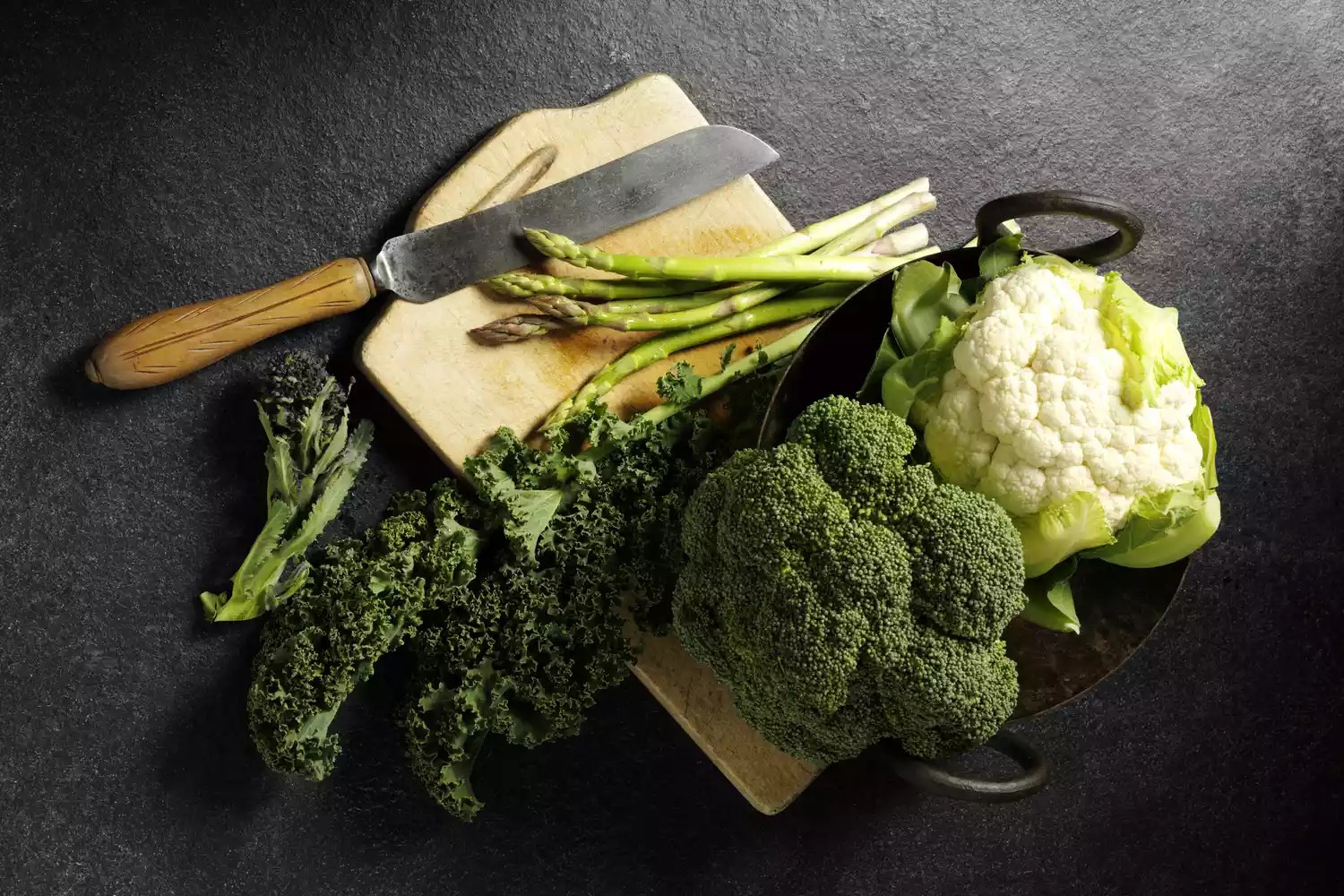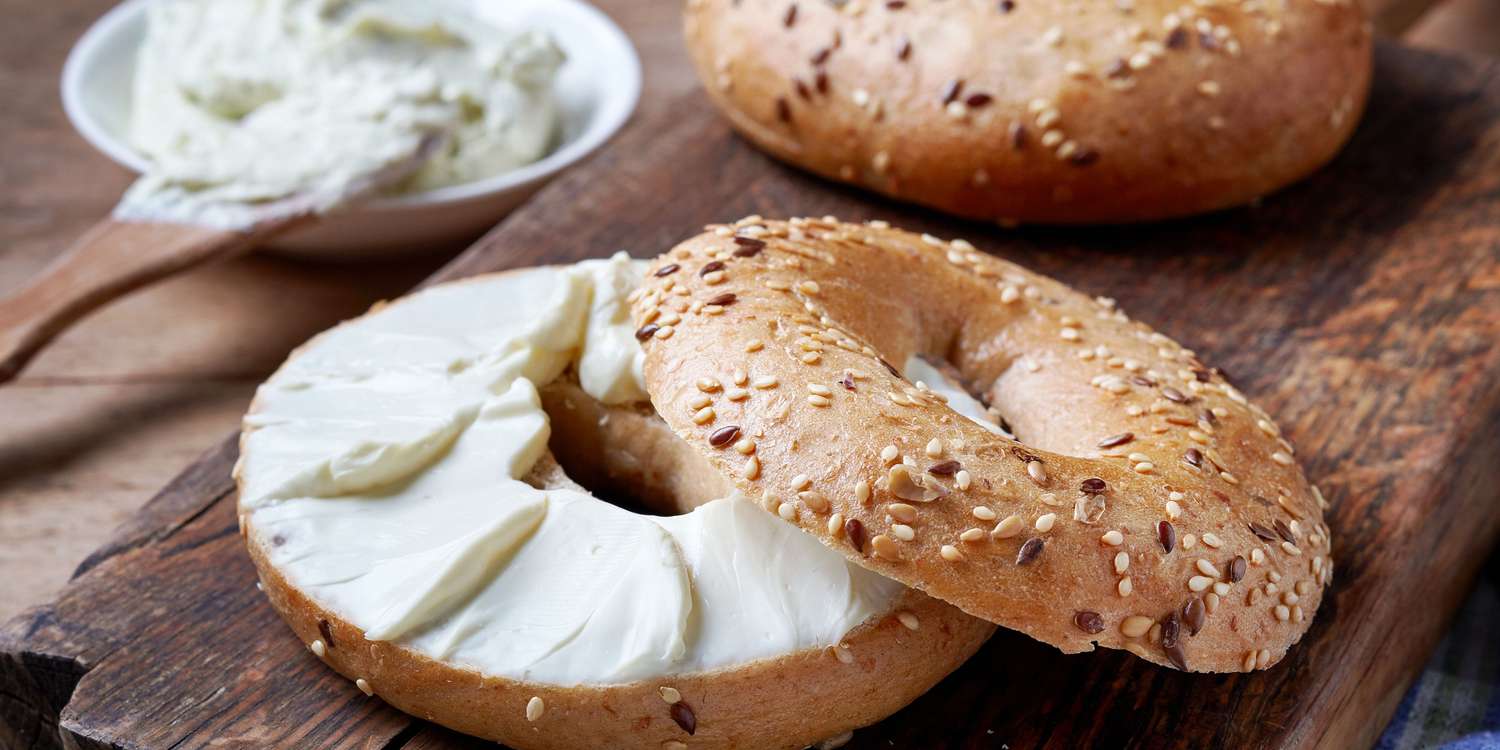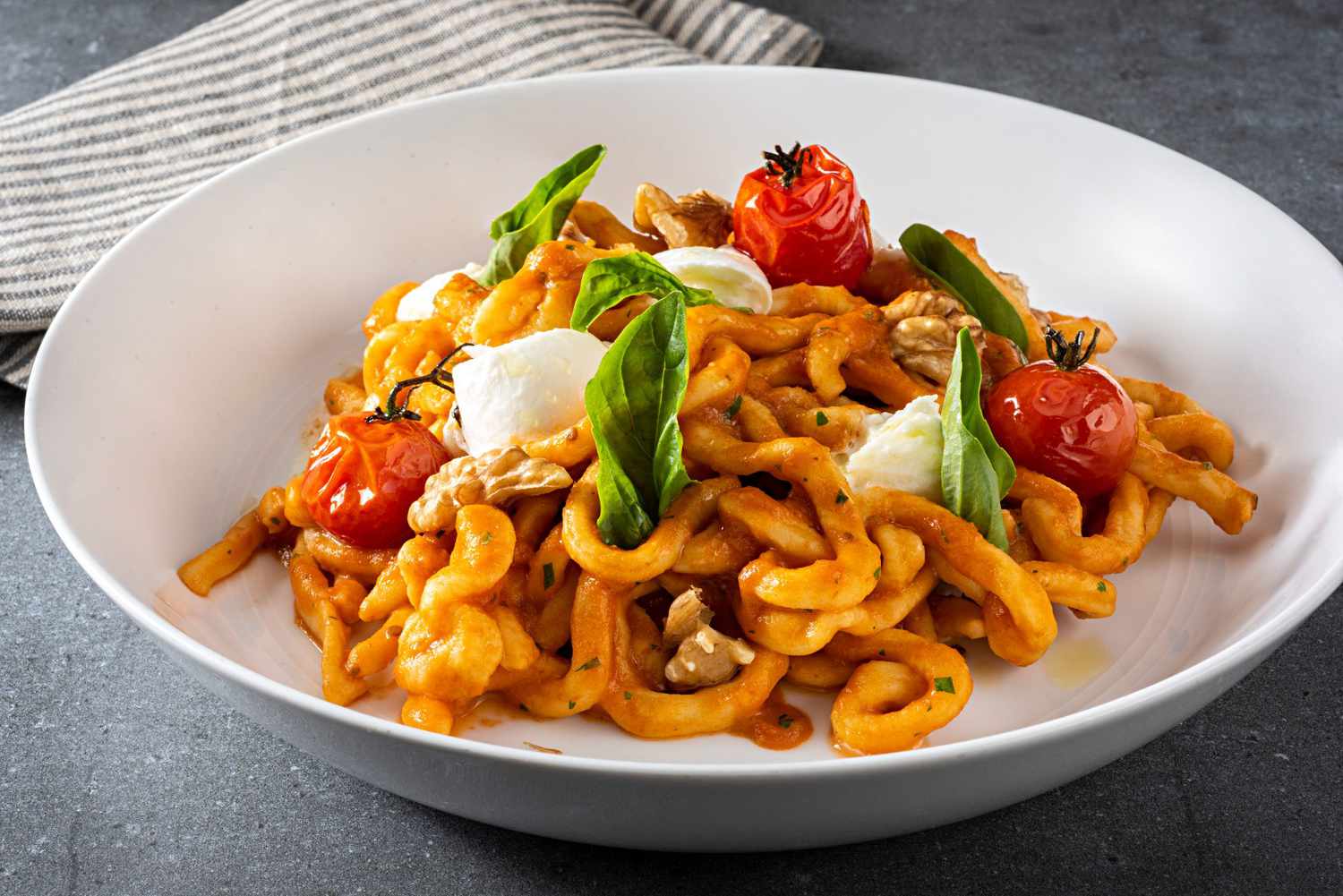A diabetes diagnosis, for yourself or a loved one, can be overwhelming. A lot has to change, and quickly. You want to keep them as healthy as possible and feed them well, and that means reconsidering all the groceries you buy and the meals you cook or order.
But sometimes, in trying to adjust your diet with all this new advice, things can get confusing. One such area is selecting vegetables for people with diabetes. While having more vegetables in your diet is always a good idea, which ones you eat will matter a great deal for people with diabetes. In fact, some vegetables aren’t a smart pick and should be eaten infrequently.

Here, we identify the best and worst vegetables for people with diabetes, and we break down why they are a good idea to eat or to skip.
The Best Vegetables for People With Diabetes
If you have diabetes, pre-diabetes, or you’re trying to control your blood sugar levels, eating more vegetables is a good step. Vegetables are typically chock-full of fiber and nutrients that help your body maintain healthy blood sugar, and unlike starchy sides, like rice and pasta, they often have less of an impact on your blood sugar levels after eating. But you’ll want to emphasize the right vegetables when filling out your plate.
“It’s best to focus on non-starchy vegetables, such as green, leafy vegetables — spinach, kale, arugula, etc. — asparagus, onions, cruciferous vegetables, etc.,” says Heather Hanks, a nutritionist with USA Rx.
These vegetables are incredibly nutrient-dense. That’s a very good thing. “They’re full of fiber and antioxidants to slow down blood glucose dumping and control the insulin response. They’re also low glycemic, meaning that they won’t spike your blood sugar very much,” Hanks says.
1. Broccoli
Whether you throw it in a salad or add it to your casseroles, broccoli is never a bad idea. Broccoli is low in calories and high in vitamin C, B vitamins, and fiber.
“Adding this fiber-rich vegetable to your regular meal routine is a great way to stabilize blood sugar levels and consume less calories while still feeling satisfied,” says Mackenzie Burgess, RDN, registered dietitian nutritionist and recipe developer at Cheerful Choices.
She suggests buying pre-chopped broccoli florets as a great way to save on prep time, too. Try adding broccoli to your dishes anywhere you can; it’s actually quite versatile. This also makes it a great option to add to items like pizza that may otherwise feel like a questionable choice — the addition of fiber and nutritional value helps a lot!
2. Cauliflower
At the grocery store, you likely see cauliflower in everything from gnocchi to pizza crust. It really is the vegetable that can do it all!
“It’s low in calories while being high in important nutrients like vitamin C, folate, and fiber,” Burgess says.
In fact, one medium head of cauliflower packs in 12 grams of dietary fiber.
“This fiber keeps our digestive system moving and can help improve blood sugar levels,” Burgess says.
If you’re looking for ways to sneak in this veggie, Burgess recommends trying Cali’flour Foods flatbreads and pizza crusts. “These products contain real ingredients you can pronounce with just one to two grams of net carbs per serving, making it a great option for those watching their carbohydrate intake,” Burgess says.
3. Asparagus
Another delicious diabetes-friendly vegetable to add to the plate is asparagus.
“In just one cup you get three grams of fiber and only five grams of carbohydrates,” says Harland Adkins, a registered dietitian nutritionist and diabetes educator.
Whether pairing it with some grilled fish or chicken or adding it to a skillet meal, asparagus is a delicious and versatile vegetable option that always adds just a touch of sophistication to any meal.
4. Kale
Kale is more popular in recent years, and it is a delight in soups or salads and even baked into kale chips.“
“Boasting three grams of fiber and only six grams of carbohydrates per cup, it’s a perfect addition to the plate!” says Adkins, who mostly enjoys simple steamed kale or a fresh kale salad.
The Worst Vegetables for People With Diabetes
Across the board, starchy vegetables are higher in carbohydrates than their less starchy counterparts, and they often don’t balance the starch with other nutrients, like fiber and vitamins. So while it’s OK to eat carbs and starchy vegetables from time to time, you want to be aware of how often they’re on your plate for a better balance.
“That starch is what places them on the ‘worst list,'” Adkins says. “It’s not as though you can’t enjoy these vegetables, but when you do, it’s best to keep their quantity in check and pair them with higher protein and higher fat foods to offset the spike in blood sugars,” Adkins says.
For instance, says Adkins, if you love potatoes, have a small roasted potato with grilled salmon and steamed broccoli, instead of a heaping mounds of mashed potatoes.
1. Potatoes
Both sweet potatoes and regular potatoes are considered a starchy vegetable, meaning they contain a higher amount of carbohydrates than most veggies.
“While no vegetable should be off limits for those with diabetes, be mindful of the portions,” says Burgess, who says one serving is generally one cup of roasted potatoes, a half cup of mashed potatoes, or one fist-sized spud.
Also: “Try to stay away from processed potatoes like fries or chips, which can lead to mindless munching and excess fat in the diet,” Burgess says.
2. Corn
Corn on the cob or a batch of elotes are always delicious side options, but proceed with some caution.
“Whether it’s on the cob or from a can, just a half cup of corn kernels has a whopping 21 gram carb count and only two grams of fiber,” says Adkins.
If you love corn, be sure to keep the portion small, and pair it with protein and high-fiber foods.
3. Peas
Give peas a chance! Except, make sure it’s in small portions.
“Peas are a better choice among the starchy vegetables; however, one cup of peas has 20 grams of carbs,” Adkins says.
Stick to a small portion of a half cup, and skip the split pea soups.
4. Butternut Squash
This is a sneaky vegetable; we’re told it’s so good for us, and it is — but it is not without its caveats.
“Butternut squash has 16 grams of carbohydrates per cup and less than three grams of fiber, making it less desirable if you are strictly monitoring your carbs,” Adkins says.
So, enjoy that bowl of butternut squash soup, but maybe don’t reach for a second portion — and make sure to enjoy a leafy green salad with it.
5. Vegetable Juice
This one may come as a surprise. Green juice is as healthy as it gets, right? Well, there’s one issue. This beverage lacks one key component in helping to regulate blood sugar: fiber!
“No matter which vegetable you choose to enjoy, it’s best to eat the whole food,” Adkins says. That way, you can get the benefit of the fiber, especially when counting carbs.
“Just one cup of vegetable juice can have close to 20 grams of carbs per cup, and if you add fruit to sweeten the taste, that number increases rapidly,” Adkins says.
Related:
- Browse all of our Diabetes-Friendly Recipes
- 11 Diabetes-Friendly Dinners the Whole Family Will Love
- 10 Foods to Eat Every Week to Help Control Diabetes




